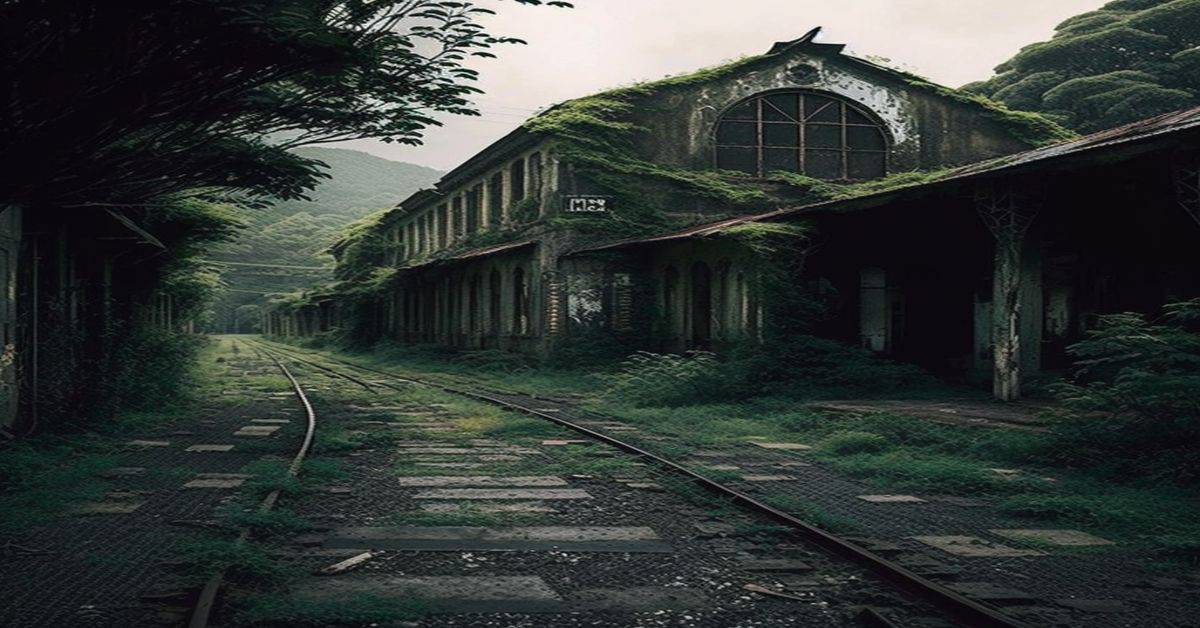Discovering Apalachee: A Forgotten Georgia Town is an article that explores the history of a once-thriving community located north of Madison off US 441. Established in 1907, Apalachee was a bustling town that housed two churches, a school, two old stores, a depot, and a post office.
Despite its rich history and significance, Apalachee has been long forgotten, and this article aims to bring its fascinating story back to life. The name Apalachee was derived from the Apalachee River, which served as the town’s lifeblood.
Apalachee was served by two railroads that transported cotton and other products from Bostwick to Apalachee to the Georgia railroad. The town’s heyday lasted for several decades until the 1950s when the post office closed down, and the town’s population dwindled.
Despite its decline, Apalachee remains an important part of Georgia’s history, and this article will delve into its past, exploring its establishment, churches, school, railroads, and river.
Key Takeaways
- Apalachee was established in 1907 by farmers and merchants, and named after the Apalachee River.
- Important buildings in Apalachee include the Apalachee Baptist Church, Apalachee United Methodist Church, and Apalachee School, all reflecting different architectural styles.
- Two railroads and the Apalachee River were instrumental in the town’s economic growth in the late 1800s and early 1900s, as they transported goods and served as a water source and irrigation.
- Apalachee experienced a decline in the 1950s with the closure of the post office and a dwindling population.
History and Establishment
Apalachee, a ghost town located north of Madison off US 441, was incorporated in 1907 and had a rich history of establishment. The town’s establishment timeline includes building two railroads, with the first constructed around 1888 and the second built by John Bostwick in 1907. These railroads were crucial in carrying cotton and other products from Bostwick to Apalachee and eventually to the Georgia railroad.
Notable figures in Apalachee’s history include the town’s founders, primarily farmers and merchants. The town also had prominent religious leaders who helped establish the Apalachee Baptist Church in 1857 and the Apalachee United Methodist Church in 1923. The town’s educational history is also noteworthy, with the construction of the Apalachee School building in 1911. In the early 1900s, the school building was one of the largest in the area.
Although Apalachee is now a ghost town, its rich history of establishment and notable figures have left a lasting legacy.
Churches and School
The churches and school in this North Georgia town were established in the late 1800s and early 1900s. The Apalachee Baptist Church, established in 1857, is a notable example of Gothic Revival architecture. Its design features pointed arches, ribbed vaults, and intricate stone tracery.
The Apalachee United Methodist Church, established in 1923, has a simpler design with a gabled roof and stained glass windows. The Apalachee School, built in 1911, is a two-story brick building that reflects the Classical Revival style. It has a symmetrical façade, a central pediment, and a row of evenly spaced windows.
Community involvement played a significant role in the construction and maintenance of these buildings. The Baptist Church was built by local craftsmen using locally sourced materials, and the Methodist Church was built by volunteers who donated their labor. The Apalachee School was funded by a bond issue and supported by the community, with parents and students contributing to its upkeep.
These buildings served as important gathering places for the people of Apalachee, and their architectural styles are a testament to the town’s history and culture.
Railroads and River
During the late 1800s and early 1900s, Apalachee’s transportation infrastructure was primarily composed of railroads. The town had two railroads, the first of which was built around 1888 and the second built by John Bostwick in 1907. These railroads were instrumental in transporting cotton and other products from Bostwick to the Georgia railroad, which helped to boost the town’s economy.
The railroads played a vital role in Apalachee’s economic growth, allowing for easy transportation of goods and people to and from the town.
In addition to the railroads, Apalachee benefitted from the Apalachee River, a natural resource for the town’s economic growth. The river was named after the town and played an important role in Apalachee’s history.
It provided the town’s residents with a source of water for drinking and irrigation and a means of transportation for goods.
The river, along with the railroads, helped to establish Apalachee as a thriving town during the late 1800s and early 1900s.
Frequently Asked Questions
What led to the decline of Apalachee as a town and when did it officially become a ghost town?
Apalachee’s decline as a town was due to the decreased demand for cotton, the primary product transported by the railroad. The closure of the post office in the 1950s marked its official status as a ghost town, impacting the surrounding communities.
Are there any notable historical events or figures associated with Apalachee?
Exploring Apalachee’s Legacy: Notable Figures and Events reveals little information. The town’s impact on Georgia’s history is largely forgotten, with only the Baptist and Methodist Churches and Apalachee School surviving as remnants of its past.
What was the economy of Apalachee based on, aside from the transportation of cotton and other products?
Aside from transporting cotton and other products, Apalachee’s economy was likely based on agricultural production, local trade, and commerce. Further research could reveal more specific details about the town’s economic activities.
Local traditions in Apalachee are not documented, but the town’s impact on nearby communities is evident through its transportation of cotton and goods. No festivals or celebrations are mentioned in historical records.
Are there any plans or efforts to preserve or restore any of the remaining buildings or landmarks in Apalachee?
Preservation efforts for the remaining buildings and landmarks in Apalachee are underway, with community involvement playing a crucial role. Efforts include restoration of the Apalachee School and the establishment of a historical marker for the town.
